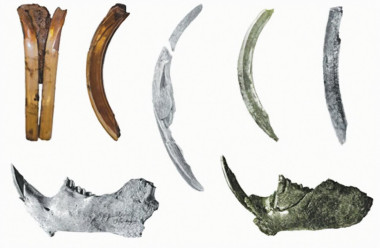ARCHAEOLOGISTS EXCAVATE A LAMASSU AT ANCIENT KHURSBAD (www.heritagedaily.com)

This magazine is from a federated server and may be incomplete. Browse more on the original instance.

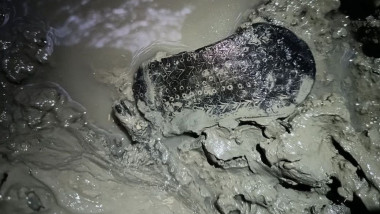
Cold war satellite images reveal hundreds of unknown Roman forts...

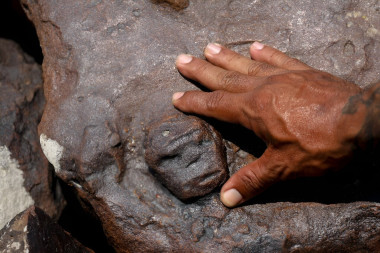
Archaeologists in Egypt have discovered a 3,500-year-old cemetery that contains a “Book of the Dead” papyrus....

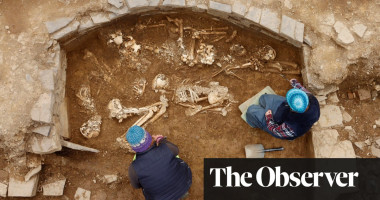
The two brooches are the first definitive evidence of Viking presence on the island of Jomfruland in southern Norway.

Archeologists in Reims, northeastern France, have found an unopened Roman sarcophagus with the remains of a woman and her funerary goods.
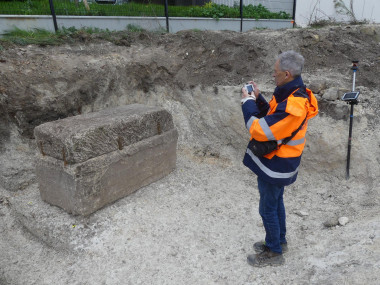
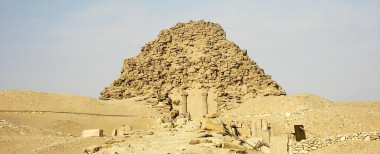
An earthquake last year revealed a big surprise beneath a law school in modern-day Mexico City: a giant, colorful snakehead from the Aztec Empire....
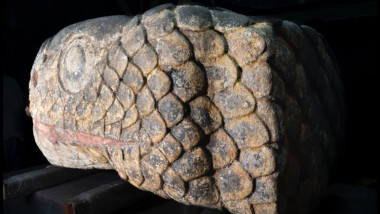
Scientists in Sudan have discovered a tattoo with references to Jesus Christ on a 1,300-year-old body excavated in a cemetery near a medieval monastery....
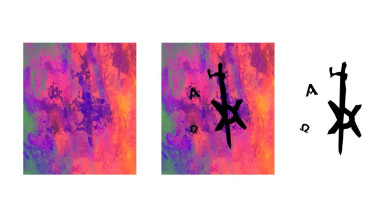

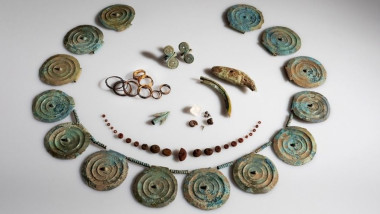
A team of scientists from the Universities of Granada and Cambridge, as well as the Government of Catalonia, have identified the oldest pieces of Baltic amber ever found on the Iberian Peninsula, revealing that this luxury material used in jewelry and handicrafts around the world was already being imported more than 5,000 years...
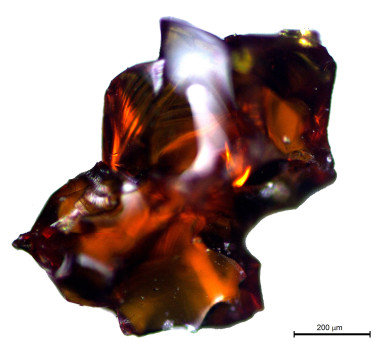
More than 500,000 years ago, our human ancestors used large, stone tools known as “Acheulean handaxes,” to cut meat and wood, and dig for tubers. Often made from flint, these prehistoric oval and pear-shaped tools are flaked on both sides and have a pointed end....



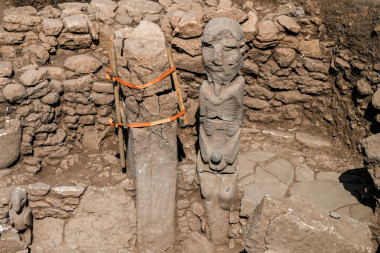
Beavers may seem like a recent arrival to the Netherlands, with their growing presence in recent years. The species became extinct there in the 19th century and was reintroduced in 1988. But before that beavers were widespread for thousands of years. “It really is a native species,” says Brusgaard. “In our research we...
